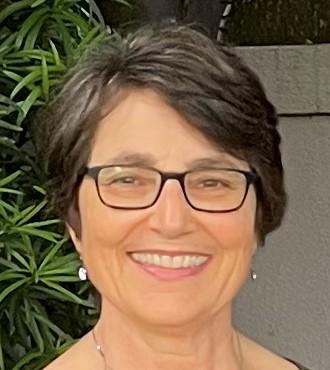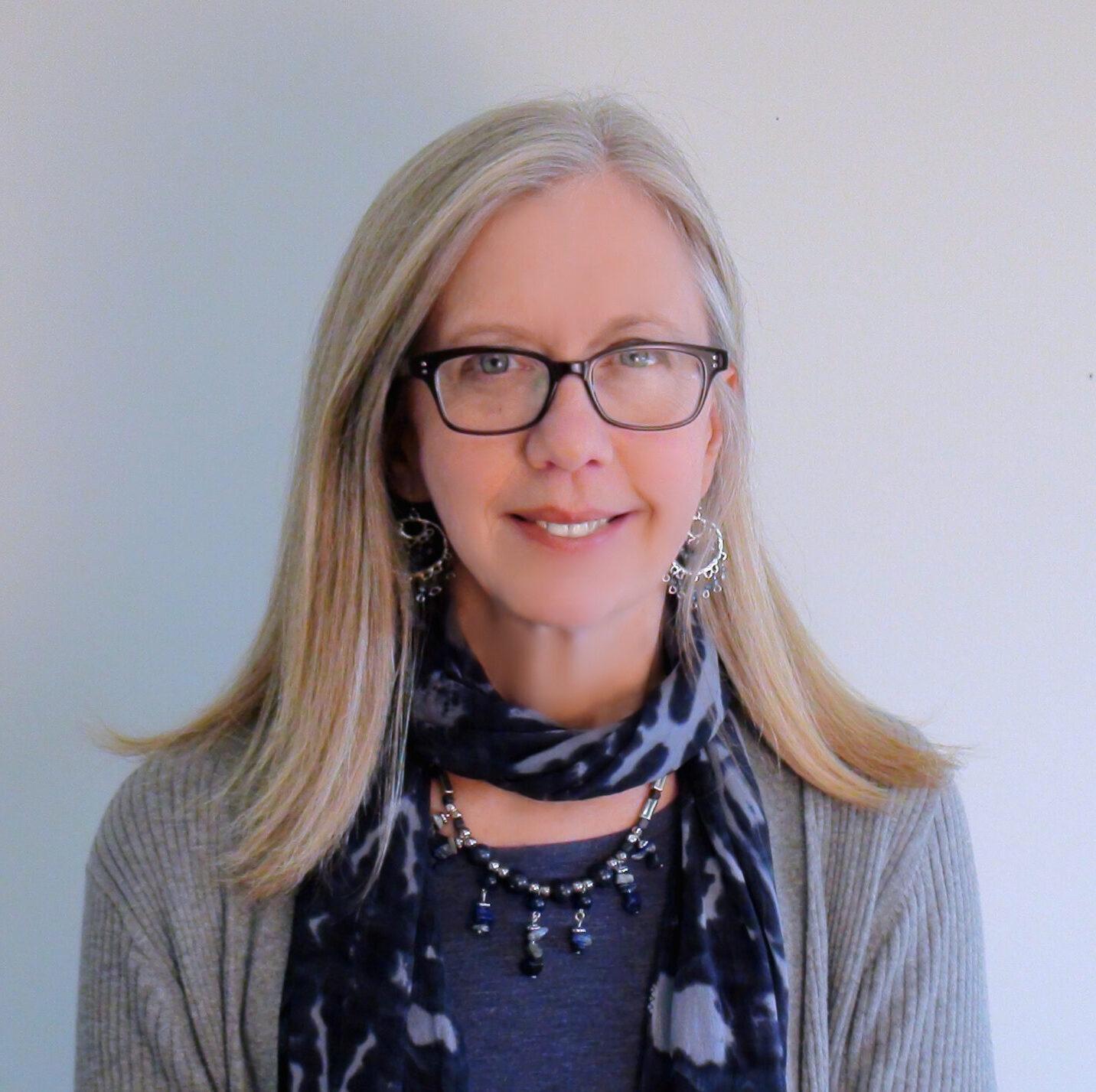Implementing the Neurosequential Model of Therapeutics in Tennessee: Parent and Clinician Perspectives
The Quality Improvement Center for Adoption and Guardianship Support and Preservation (QIC-AG) recently completed its evaluation of an enhanced approach for Adoption Support and Preservation (ASAP) services in Tennessee. Specifically, the Tennessee Department of Children’s Services (DCS), in collaboration with a private agency (Harmony Family Center, or Harmony), implemented the Neurosequential Model of Therapeutics (NMT) in the eastern area of the state.i The QIC-AG compared outcomes for families served in that part of Tennessee (the treatment group) with families that received services as usual (the comparison group) in the remainder of the state. A second private agency under subcontract with Harmony—Catholic Charities—served the comparison group.ii Across four outcome measures (child behavior problems, staff satisfaction with their delivery of ASAP services,iii familial relationships, and caregiver commitment), the QIC-AG observed gains for treatment and comparison groups, on average, in all four fields. However, the only statistically significant impact that emerged—that is, the only area in which progress was greater for the treatment than for the comparison group—was for behavior problems, and the effect size was small.
To better understand and contextualize the evaluation findings, Child Trends partnered with the QIC-AG on a qualitative study to learn more about how NMT was implemented and how families in both the treatment and comparison groups experienced ASAP services. If the NMT training, assessment, and recommendations did not affect clinicians’ practice with families, then we would not expect to find impacts. Differences in the progress that treatment and comparison group families achieved would also be unlikely if treatment and comparison families experienced similar services.iv
Key findings
- Agencies providing post-adoption services can successfully implement the NMT.
- Strong similarities between the services received by the treatment and comparison groups may help explain the lack of observed differences in outcomes for the two groups.
- A tailored, flexible, in-home approach facilitates both the NMT implementation and the provision of ASAP services, thereby enhancing agencies’ abilities to support adoptive families with intensive needs.
- Additional strategies may be needed to effectively engage families who are experiencing crises or higher levels of stress, parents with more children in their home, and teenagers who are hesitant to engage in services.
- Given that a few parents agreed that extending services beyond nine months could further benefit their families—and that the NMT is designed to help clinicians identify the optimal timing, intensities, and types of treatment activities in relation to a child’s developmental status—an evaluation might find stronger impacts favoring NMT if services were extended for longer time periods.
Download
Download
Endnotes
© Copyright 2024 ChildTrendsPrivacy Statement
Newsletter SignupLinkedInYouTube




